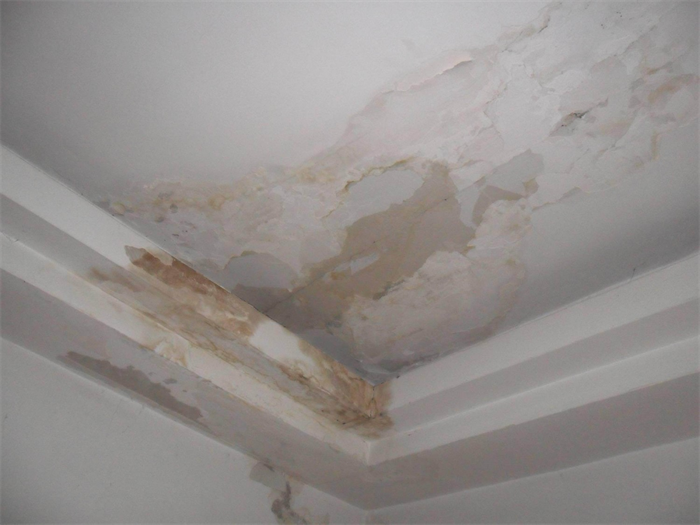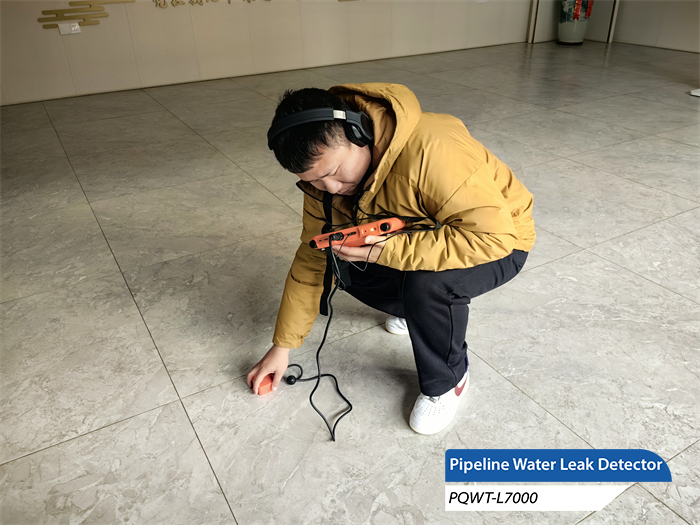Water leakage in houses is a common problem, but it is also a problem that cannot be ignored. Sometimes, we will find that the walls of our home are damp and dusty, and the wooden floors are blackened, but we tend to think that this is just a small problem and will not deal with it in a timely manner. However, these problems are actually prompting us that there may be water leakage problems in our home. If not dealt with in time, these problems may become more serious, leading to greater property damage and may even affect the relationship between neighbors. Therefore, after discovering a water leak in our house, we should find out the location and cause of the leak as soon as possible and take steps to solve the problem. So, how should we how to carry out water leakage detection precise location?

First, water storage test
Water storage test is also known as closed water test, mainly used to verify the waterproof effect of the waterproof layer. In the bathroom and other waterproof construction is over, you can carry out water storage test. Test, should first be carried out 24 hours after the completion of waterproof construction, and prior contact with the downstairs tenants, do a good job of water leakage prevention and assistance. Water storage, water storage depth should be not less than 20mm, water storage time is not less than 24 hours. During this period, we should observe whether there is a significant drop in the water storage level, and from time to time to check whether there is leakage downstairs. If leakage is found, the water storage test should be stopped immediately. If there is no leakage on the top surface of the downstairs and the liquid level does not drop significantly, it is regarded as water storage test is qualified.
Second, drenching test
Drenching test is another commonly used waterproofing quality acceptance method, applicable to walls, windows and doors, joints and sloped roof waterproofing project acceptance. Drenching test is simple and easy to carry out, usually only need to use water from top to bottom uninterruptedly to test parts of the spray for a period of time can be. Drenching test time should not be less than 2 hours, during which all the areas to be tested to check whether there are missing parts. The drenching test should be carried out by a person in charge, and after the drenching test, the backwater surface should be checked for leakage. If no leakage phenomenon is found, it indicates that the acceptance is qualified.
Third, the instrument check

With the development of science and technology, the use of professional instruments for water leakage detection has become a trend. These instruments use a variety of principles and techniques to detect water leakage, such as listening to the sound method leakage detector, acoustic vibration method leakage detector, infrared method leakage detector, tracer element method leakage detector and so on. Any one of the detection method is essentially to detect the leakage triggered by a certain effect, corresponding to the more obvious effect of the detection of the more simple. Currently widely used application methods for listening to the sound method, acoustic vibration method water leakage detector. This method refers to some kind of acoustic tool to listen to the sound of water leakage, according to the size of the leakage sound and media characteristics to determine the location of the leakage, tools from simple mechanical listening to the various types of listening to the leak detector is currently developing quite rapidly!
In short, the house leakage detection needs to take a variety of methods of comprehensive judgment. Water storage test, drenching test and instrumental inspection are commonly used detection methods. Through these methods, we can better understand the leakage situation of the house, accurately locate the leakage part, and take corresponding measures to solve the problem. After discovering water leakage in a house, we should take timely action to reduce property damage and avoid affecting the neighborhood.








